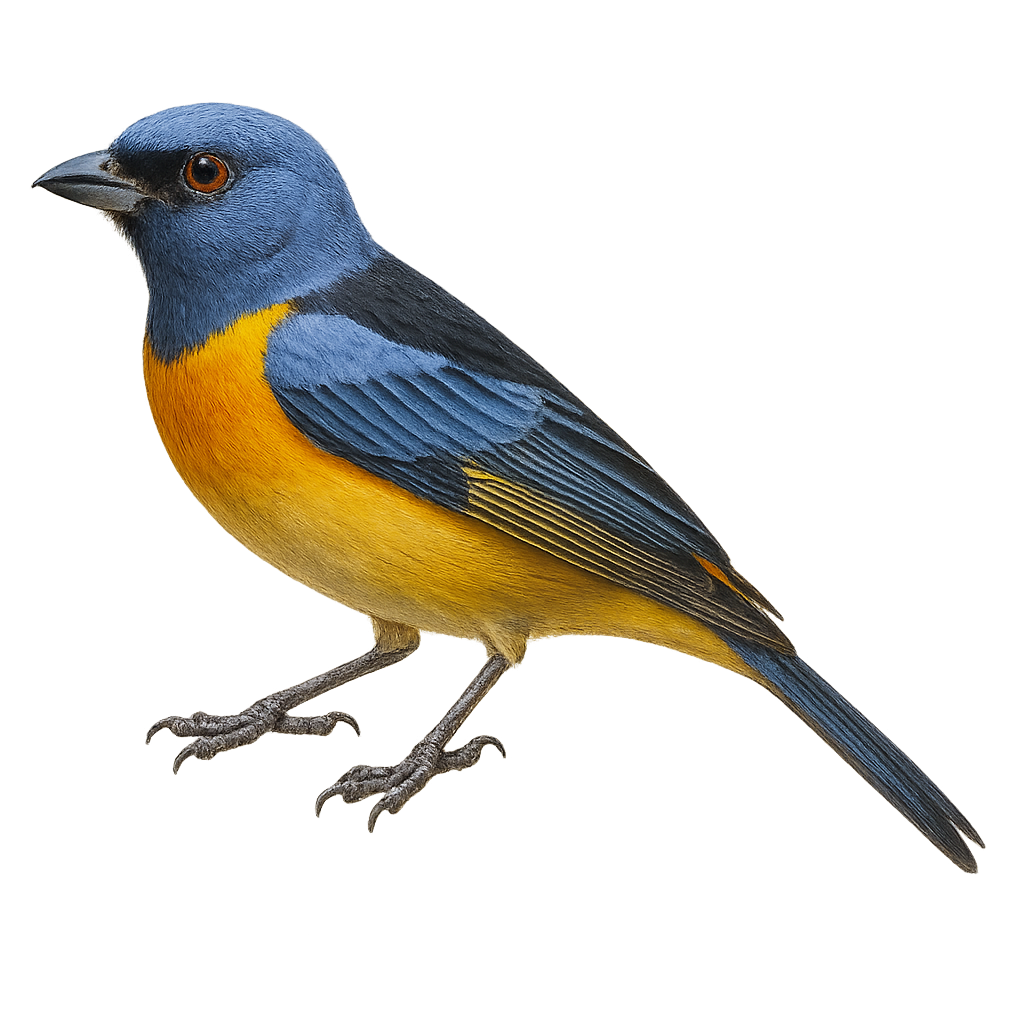Your wildlife photography guide.
Explore the blue-and-yellow tanager in detail, study its behavior, prepare your shots.
Where to observe and photograph the blue-and-yellow tanager in the wild
Learn where and when to spot the blue-and-yellow tanager in the wild, how to identify the species based on distinctive features, and what natural environments it inhabits. The WildlifePhotographer app offers tailored photography tips that reflect the blue-and-yellow tanager’s behavior, helping you capture better wildlife images. Explore the full species profile for key information including description, habitat, active periods, and approach techniques.
Blue-and-yellow Tanager
Scientific name: Rauenia bonariensis

IUCN Status: Least Concern
Family: THRAUPIDAE
Group: Birds
Sensitivity to human approach: Suspicious
Minimum approach distance: 5 m
Courtship display: October to November
Incubation: 13-15 jours
Hatchings: October to December
Habitat:
subtropical forests, tropical moist forests, shrublands, gardens
Activity period :
Primarily active during the day, with peak activity in the morning and late afternoon.
Identification and description:
The Blue-and-yellow Tanager, Rauenia bonariensis, is a vibrant bird native to South America. It is easily identified by its striking blue back and bright yellow belly. This bird measures about 15 cm in length and weighs between 20 and 30 grams. It primarily inhabits subtropical and tropical moist forests, but can also be found in shrublands and gardens. The Blue-and-yellow Tanager is a social bird that feeds mainly on fruits, insects, and nectar. It is often seen in small groups or pairs. Its breeding season varies by region, but it is generally active during the warmer months.
Recommended lens:
400 mm – adjust based on distance, desired framing (portrait or habitat), and approach conditions.
Photography tips:
To photograph the Blue-and-yellow Tanager, it is advisable to use a 400mm lens or longer to capture the details of its colorful plumage without disturbing it. Look for areas where it is likely to feed, such as fruit trees or flowering gardens. Be patient and discreet, as this bird can be suspicious. Use a tripod to stabilize your camera and aim for times of the day when natural light is soft, such as morning or late afternoon, to achieve well-lit and detailed images.
The WildlifePhotographer App is coming soon!
Be the first to explore the best nature spots, track rutting seasons, log your observations, and observe more wildlife.
Already 1 415 wildlife lovers subscribed worldwide

